LaTeX templates and examples — Handout
Recent
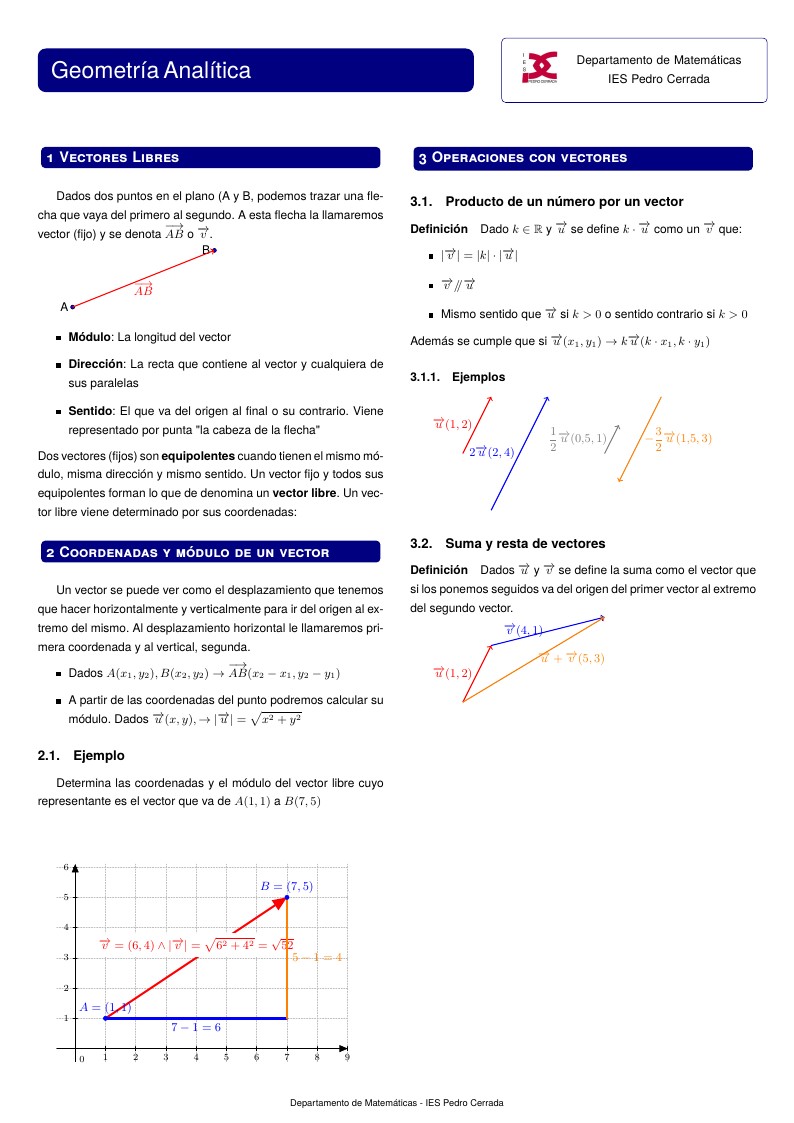
Geometría Analítica
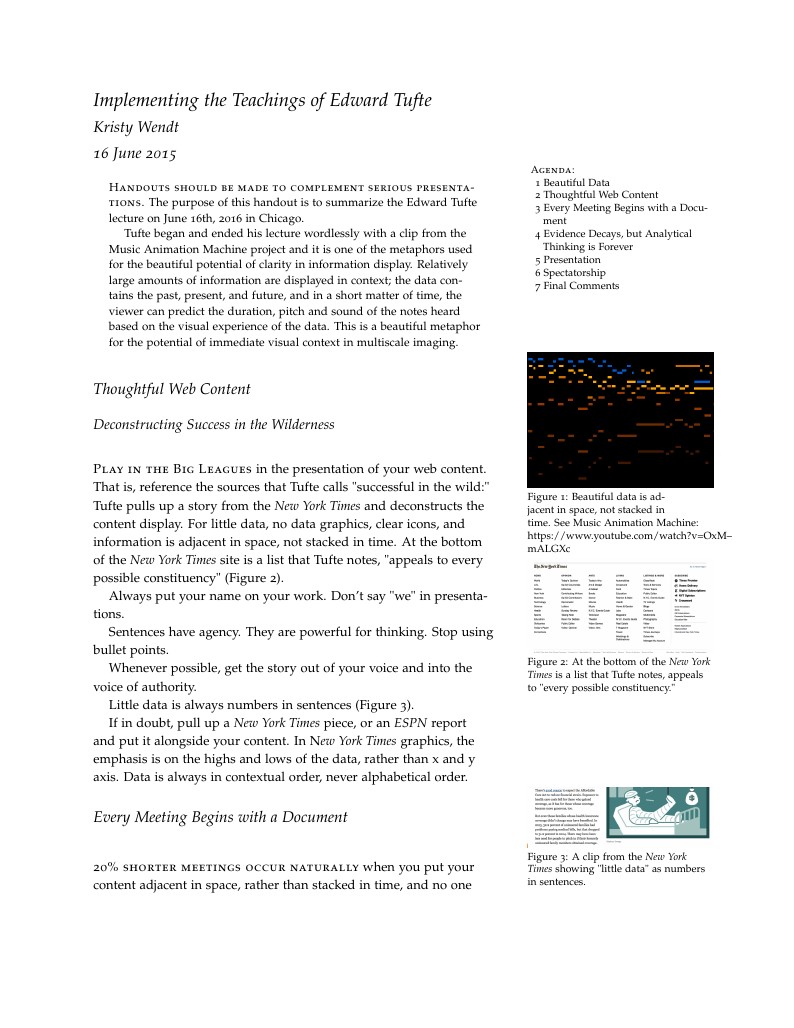
Handouts should be made to complement serious presentations. The purpose of this handout is to summarize the Edward Tufte lecture on June 16th, 2016 in Chicago. Tufte began and ended his lecture wordlessly with a clip from the Music Animation Machine project and it is one of the metaphors used for the beautiful potential of clarity in information display. Relatively large amounts of information are displayed in context; the data contains the past, present, and future, and in a short matter of time, the viewer can predict the duration, pitch and sound of the notes heard based on the visual experience of the data. This is a beautiful metaphor for the potential of immediate visual context in multiscale imaging.
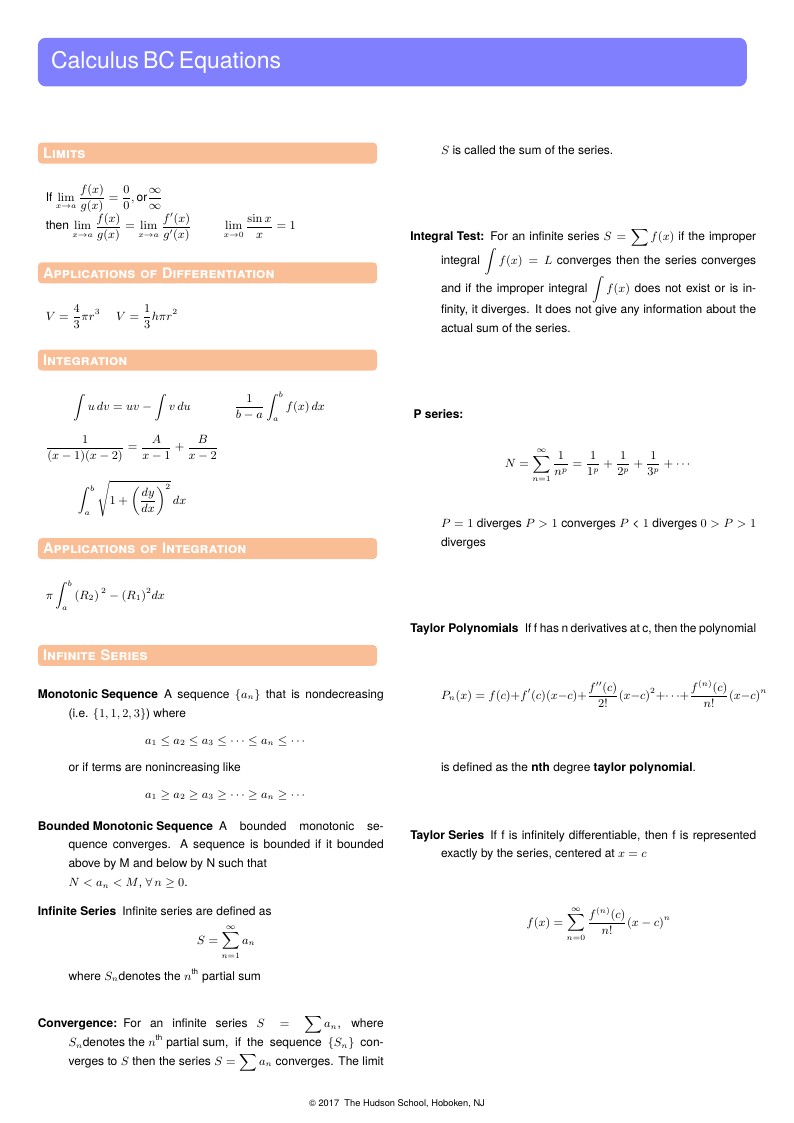
A study tool. Equations are mostly listed without a description of what they represent. Topics are detailed based on problems. Usage: To prepare for the Calculus BC exam, go through topics one at a time and mentally describe the problem, process, and equations involved. If you get stuck - look up the answer and start again from the top. When you can get through the entire sheet - you're ready! Do the same with the equation list - describing exactly what type of problems you might need the equation for. Do not use notes in conjunction with the review sheet. Look up the answer - close the book and start again! You can thank me later.
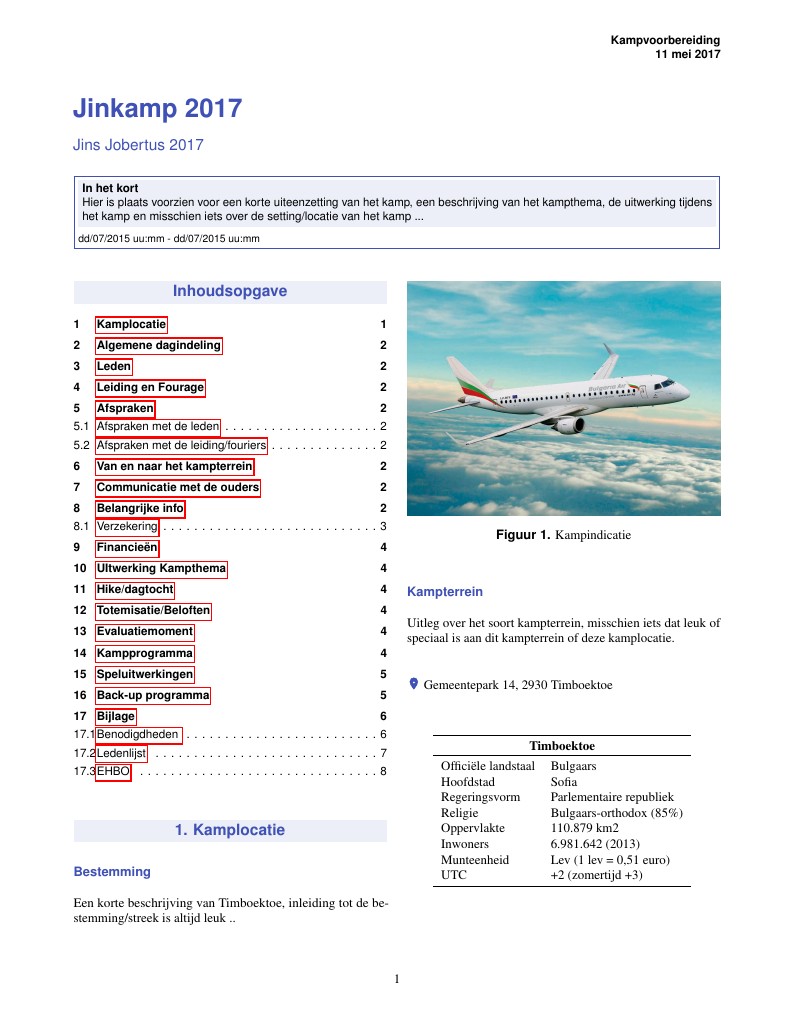
Sjabloon Jinkampvoorbereiding volgens richtlijnen Scouts en Gidsen Vlaanderen
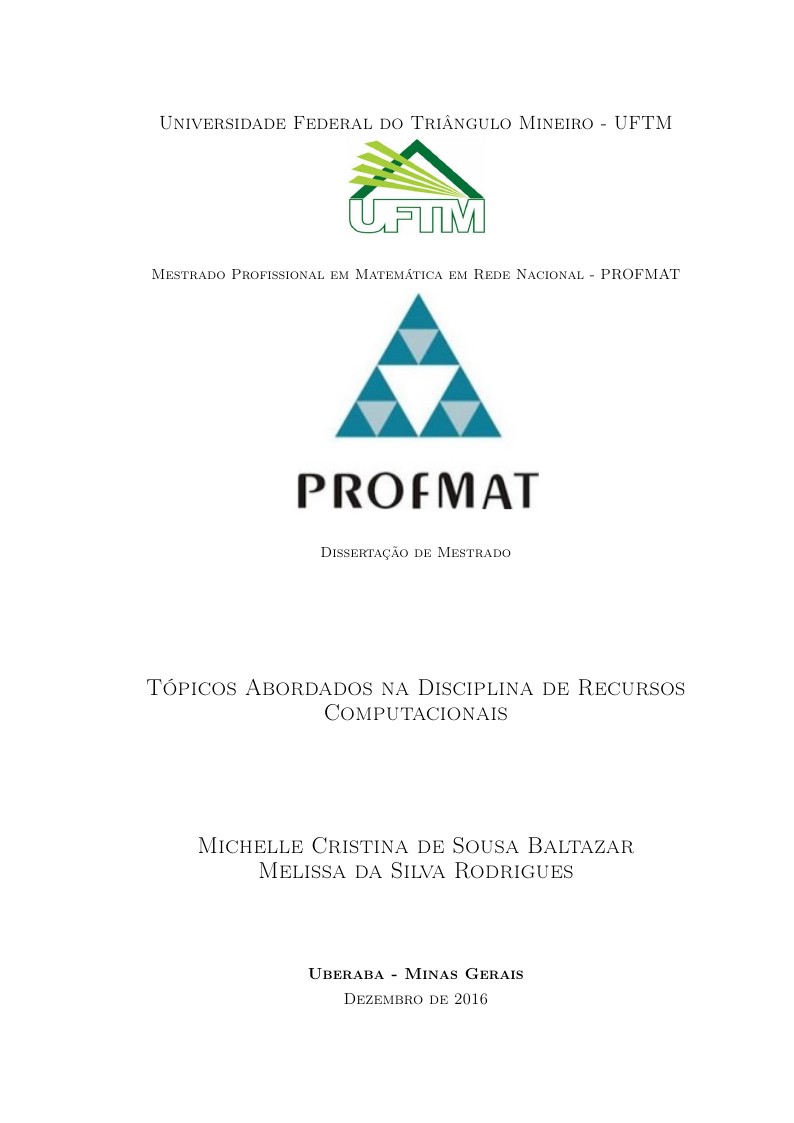
DISSERTAÇÃO PROFMAT Created by Michelle Cristina de Sousa Baltazar HTML CSS PYTHON MATPLOTLIB MATH LATEX BEAMER OCTAVE RAPIDMINER GIMP INKSCAPE SCRATCH
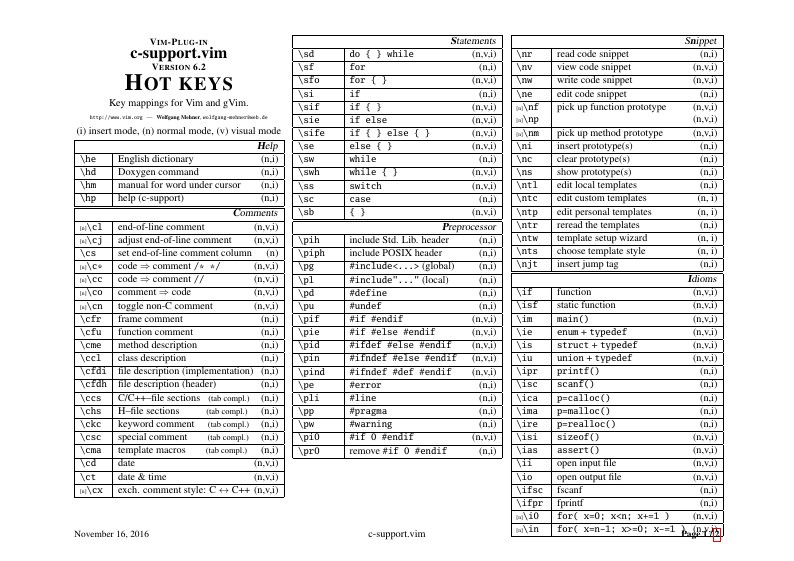
c-support.vim : Key mappings for Vim / gVim without GUI. Version: 1.0 Created: 10.11.2006 Revision: none Author: Wolfgang Mehner, wolfgang-mehner@web.de (formerly Dr. Fritz Mehner (fgm), mehner.fritz@web.de) Copyright: Copyright (c) 2006-2016, Wolfgang Mehner
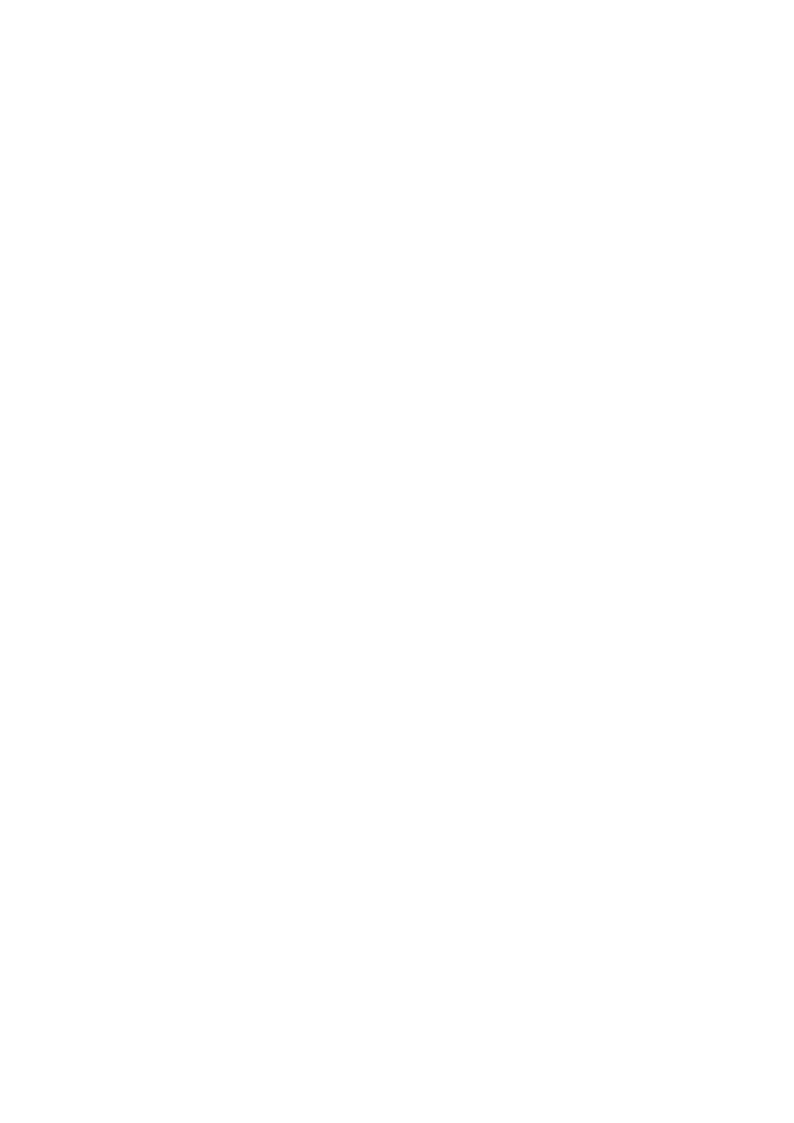
Taller De introducción a R
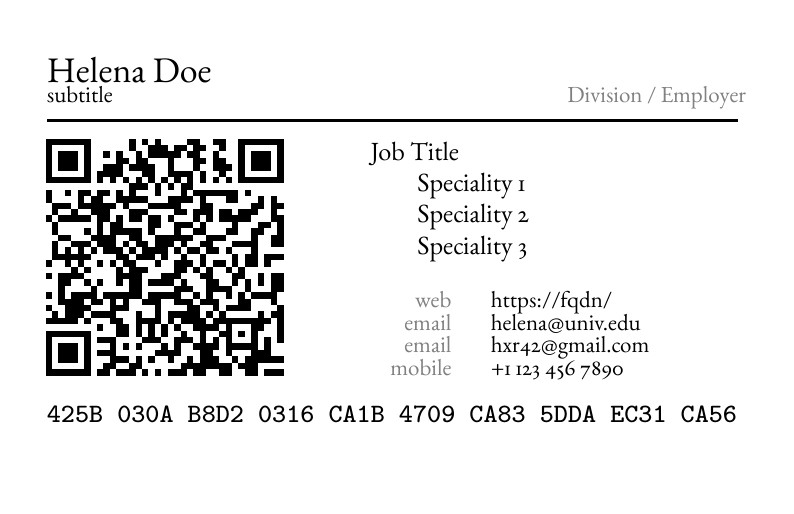
Elegant business card template including QR code for a MeCard, and space for a GPG key fingerprint
\begin
Discover why over 20 million people worldwide trust Overleaf with their work.